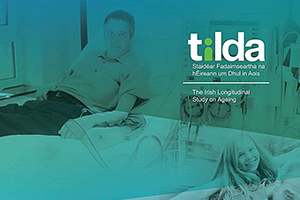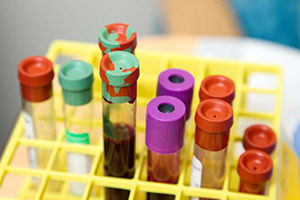
Authors: The Hospital for Sick Children
Source: Medical Xpress
What if just observing Artificial Intelligence (AI) could make a clinician more efficient at their job and improve care outcomes for patients?
After repeated use of an AI model, a nurse practitioner at The Hospital for Sick Children (SickKids) was able to analyse ultrasounds more efficiently, ultimately reducing the need for invasive scans and illuminating a previously undescribed impact of AI in clinical settings.
Mandy Rickard, a nurse practitioner in the Urology Clinic at SickKids, performs and analyses kidney ultrasounds almost daily as the lead of the pre- and postnatal hydronephrosis clinic. In the clinic, she cares for up to 100 children a month with hydronephrosis, a condition caused by a urinary tract blockage that can result in kidney obstruction.
While analysing the ultrasounds, Rickard looks at the degree of hydronephrosis and other characteristics that may suggest an obstruction that needs to be operated on. She also oversees an AI model developed to predict the severity of hydronephrosis cases and help providers identify appropriate care pathways. Over time, Rickard found that she was able to anticipate the AI model's behaviour and intuit how it would categorise an ultrasound.
In new research published in the New England Journal of Medicine—AI, the research team noted that Rickard's improved ability to interpret kidney ultrasounds was a direct result of her repeated exposure to the AI model. Over a three-year period, Rickard reduced the number of children with hydronephrosis sent for invasive nuclear scans from 80 to 58 percent.
When the model trains the user
The AI model, created by Lauren Erdman, a former Ph.D. student at SickKids, was in a silent trial phase when Rickard began to predict the model's outcomes. During a silent trial, researchers use prospective patients and data to observe the function of a model without informing care decisions. Even in this early stage, and without any other changes to her practice, Rickard was already predicting the model's outcomes—but why?
The research team classified Rickard's developed intuition as a new type of bias: induced belief revision. Data-induced belief revision occurs when clinical end-users, like Rickard, develop an unconscious intuition based on the collection and labelling of data. Model-induced belief revision arises from repeated exposures to an AI model's inputs and outputs, resulting in clinicians anticipating model predictions based on unseen data.
With induced belief revision, clinical behavioural change can happen even when AI is not in use. While this type of bias proved beneficial to both care providers like Rickard and patients with hydronephrosis, the team is cognisant that the bias may also unintentionally influence clinical practice in less positive ways if not correctly observed and documented.
"This model is meant to augment, not to replace us as experts," Rickard says.
To help address this bias, Rickard's team suggests minimising a clinical user's chance of being influenced by a model, especially when one person provides the bulk of critical care. Doing so could help maintain the important distinction between true clinical judgement and a model's predictions.
AI research at SickKids
AI has the power to improve patient experience and reduce provider fatigue when used responsibly. At SickKids, using AI in an ethical manner is possible due largely in part to a framework developed by bioethicist Dr. Melissa McCradden.
The framework established the silent trial to clinical trial pipeline and led to the development of an AI Regulatory Advisement Board that helps research move from ideation to clinical trial in a smooth process.
"At SickKids, we're actively shaping guidelines for the responsible development and safe implementation of AI in health care," says Jethro Kwong, a Urology resident at SickKids and first author on the paper.
With the success of the model, the team is moving to clinical trials and implementing the model in a patient-first way by prioritising informed consent.
"Our ultimate goal is to put this tool into communities where there may not be a urology expert, to preserve hospital resources and potentially save families from taking repeated, sometimes lengthy trips to the hospital," Rickard says. "By embedding our model into care, we can hopefully reduce the number of low-risk hydronephrosis cases that escalate to a renal scan, ultimately streamlining testing and surgery for those whom it would benefit."
More information
This article was from Medical Xpress and was legally licensed through the DiveMarketplace by Industry Dive. Please direct all licensing questions to [email protected].

Disclaimer: Novartis Ireland Limited accepts no responsibility for the content, accuracy, interpretation or out of use of the information contained within this article or its use of linked websites.


